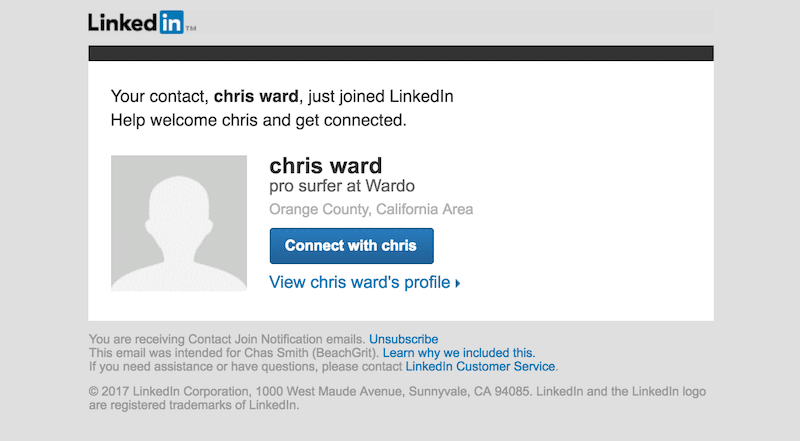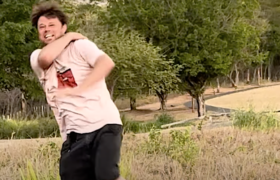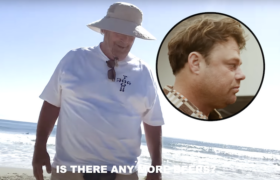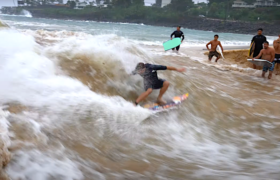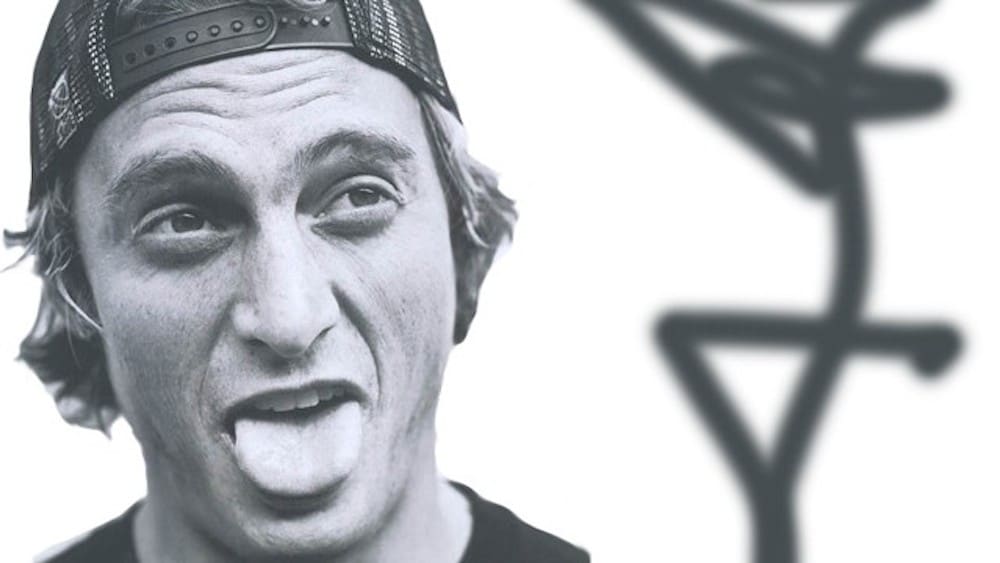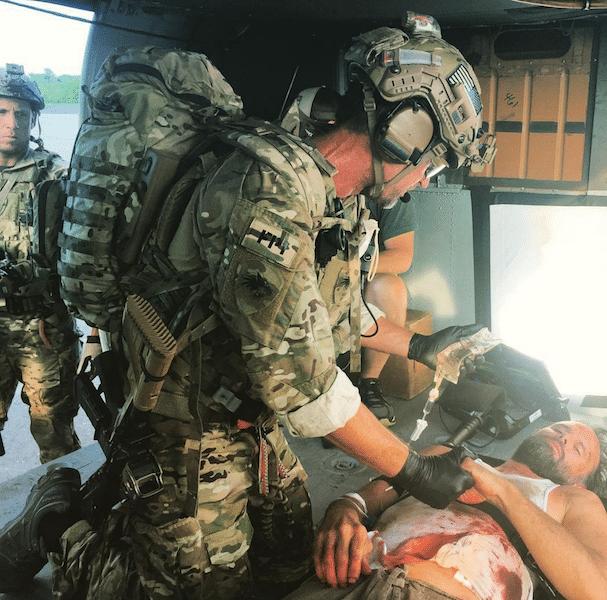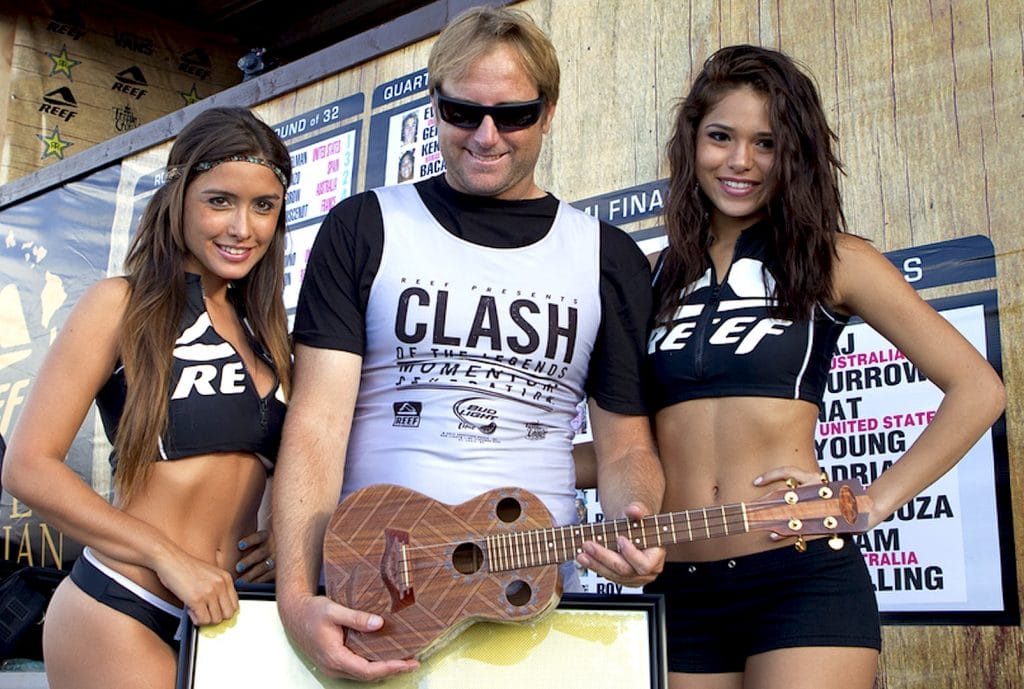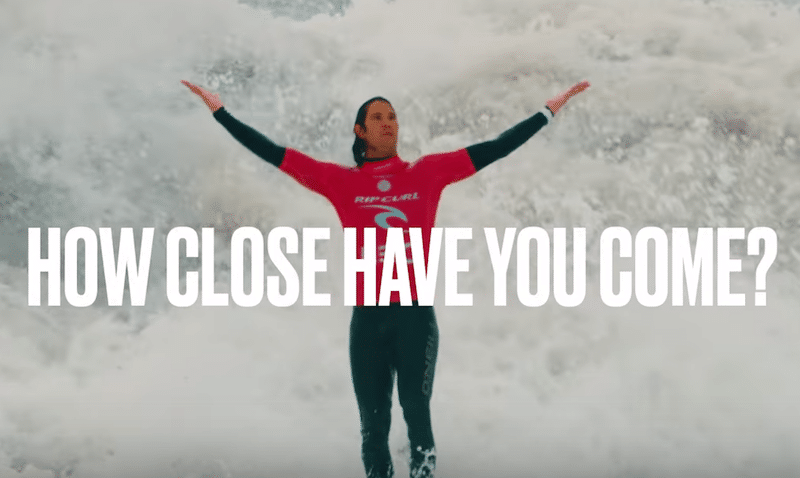Surf photog leaves all for blood and guts! (WARNING: very long!)
Surf photography has changed drastically over the last 10 years. As the world has shifted to digital photography, social media platforms centered on photography, and print magazines closing left and right, surf photographers have successfully transitioned to stay relevant so they can keep providing photo evidence of the world’s best surfers traveling to far off places to fans, brands, and brightening up a lackluster feed. The lifestyle can be profitable, creatively challenging and dreamy to anyone talented enough behind the lens.
Most would never consider quitting such a profession.
DJ Struntz did.
Around a year ago he announced that his work with the surf industry would not be his primary focus. DJ has worked with just about every brand in surf, as well as a staff photographer for Surfing Magazine for many years. Some of his most notable work has been with Globe, Hurley and Patagonia. DJ shot the entire “Strange Rumblings in Shangri-La” film along side Joe G and the Globe team. I wanted to know what DJ is up to now, his reasoning for departing from the surf world, and his involvement with the Special Forces community. DJ presides in North Carolina with his wife and two kids.
Getting DJ on the phone for this interview took some time, but when we did finally speak, the conversation was enlightening beyond what I had expected.
ME: Hey DJ! How’s life?
DJ: “Hey dude! A little crazy at the moment! I have eight different bosses so my life is a bit hectic.”
ME: Wow eight bosses? Most can barely handle one boss let alone eight!
So as far as your involvement with surf industry goes do you still work with Joe G and Globe?
DJ: “Yeah, although we haven’t done anything in a while. We’re still planning on something soon but it’s been nerve racking. Joe G and Globe are family to me.”
ME: That’s great to hear! Your work on “Strange Rumblings” is in my opinion some of the best editorial work ever done for a big budget surf film.
ME: So have you viewed Mick’s newest “Search” video?
DJ: “Yeah I have. It looks a lot like Mozambique. Dion had posted about the cyclone that hit Tofo. I don’t if the wave was farther up the coast but there are headlands up the coast you can see on Google Maps. If I put money on somewhere, it’d be Mozambique. The film came out right after that cyclone.”
Me: I just viewed Dion’s video about the need to help the people of Tofo. (The day we recorded this, the video had only been talked about on Instagram and no features had come out on any other publication).
DJ: “They got pretty crushed. It’s crazy that you don’t really see coverage on mainstream media online or anything else. They’ll show Mick’s wave sure! That’s why I did my posted about it yesterday on IG. It’s easy for surfers to enjoy the milk and honey, and ignore the dirt. You’re on the beach and your back is to the land when you’re surfing anywhere. The only time you face land is on the wave itself. It’s easy to be disconnected, especially if you are insulated by your travel scenario. You might be insulated from the reality of the daily life of people who live there. I was really proud of Dion for putting the focus on the people. Dion’s always been that guy. He’s a very caring, sensitive soul. When he’s traveling around, you couldn’t ask for a better ambassador for the sport. Everyone’s got their own projects and helps in their own way. You don’t have to show your hand to be doing great stuff, but come on guys! We all relish that wave so it’s interesting. Hurricane Matthew was only a year ago but you don’t see any coverage about the recovery process or the damage that still hasn’t been taken care of yet.”
ME: So DJ, how did you bridge your editorial work in the surf industry with your work with North American Rescue and the Special Operations community?
DJ: “It all started in Yemen.”
ME: Chas told me to ask you about Yemen!
DJ: “So that trip I did (with Surfing Magazine in 2006) was where my connections started. I’d always had a love affair with the military. I was a candidate for the Air Force Academy. I got cold feet and didn’t take the plunge. So when the Yemen trip came about, I have friends I surf with here in North Carolina…We came up with the idea to go to Socotra and at the time Chas was working with Black Box, which was a think tank essentially that was looking at extreme Islam. So I knew Chas had been there before. I got a little bit of information from him. Then I reached out to some friend in the area. Camp Lejeune is very close by, which is the main base for the Special Operations element of the Marine Corps. I had friends who had served and gotten out that had a friend who had just gotten out of the Marine Corp. That friend had just rotated back from Yemen doing foreign internal defense, training Yemeni soldiers. The night before I left for Yemen, I drove up and bought the guy dinner. It was his 35th birthday. I took him to a steak dinner at some dive place outside the base. He gave me an entire civil affairs brief on what to expect, customs and what not to do. The next day I flew to Yemen with three surfers. After the trip, he put me in touch with other Special Operations operators saying ‘This is the crazy photographer that went to Yemen without a gun!’ That peaked their interest. There is a similar personality type amongst SO guys. The good ones are very intelligent. They are good at what they do not just because they’re good at pulling the trigger. They all have similar interests so there is easy cross overs. They took me in and began teaching me the tactical medicine and other things, which brought me in contact with the products North American Rescue makes. I was able to get their stuff surplus from the military guys would take them on trips. Eventually, I googled NAR. I had planned a trip to an island off of Chile that we were supposed to be dropped off by the Chilean Navy. The trip fell through unfortunately. So I cold called NAR one day and said, ‘Hey I’m a surf photographer and I have one of your kits’. They were like ‘What is a surf photographer doing with our kit? How did you get it?’ I said ‘I got it from a MARSOC operator.’ So they put me in touch with a VP from the company. I talked myself into a few discussions with them and they sent me a kit to try out. After working with them a few times after about a year and a half I said ‘Are you guys going to start paying me?’” That morphed into doing some consulting with them and testing adventure rescue kits that Mark Healy was involved with. I sealed the deal bringing my action sports photography to one of their photo shoots. Jumping rivers and hanging off rock faces which most “normal” photographers wouldn’t do, but to me is second nature. After that they brought me in do experiment with social media a little bit. That worked well so that’s brought me to where I’m at now. I’m a fulltime, salaried employee with NAR now. I do side projects with friends but NAR is my fulltime job. I’m very careful making sure there are no conflicts of interest with companies and products. They are symbiotic but in different lanes. NAR is an awesome fit for me because I feel a passion for it. My job with NAR involves telling the stories of battlefield medicine or domestic medicine that was learned on the battlefield. Sharing the stories of saving lives and celebrating the lifesavers. It’s very unique. They give me a lot of latitude with it as long as it involves that element. I work a lot with wounded veterans, military medical community. On a daily basis I’m talking to Medics, PJ’s (Airforce Rescue elements) from all over the world. The sense of mission is really cool when you get DM’s on Instagram from someone saying ‘Hey I saw your post and went and bought a tourniquet and our friend got into a motorcycle accident and the tourniquet saved his life so thank you!’ So indirectly, through education, we help save some kids life that would have died otherwise. There’s a real sense of purpose. Our saying at the company is that yes we make products but our goal is to get you home. It’s about getting people home to their families. We can make a direct impact on the world. We play a unique roll in getting that message out to the world. I dig it.”
ME: Most would never want to walk away from doing fulltime surf photography. It sounds like what you do now is much more impactful than just cranking out content for the masses. Finding passion in your work seems more worthwhile than just working for anyone who’ll give you a paycheck. The pay off seems more meaningful.
DJ: “Exactly. It’s crazy but sometimes when I’m cranking out content and eventually I get to step back and look at what I’m cranking out and it’s incredible. We have an education series where I work with medics on case studies on stuff they have done in the past saving lives. You see the response from those series and people are taking the lessons home, applying them in their units or in their EMS agencies. It’s awesome. There’s a sense of satisfaction. I love to shoot surfing. My 9-year-old loves surfing and we go as much as possible. Sharing that experience is great but what I do now, I can give back in a different way.”
ME: It seems you found that balance as well. There is an elevated sense of purpose in what you can do, and not be pompous about it too. You can still get your waves, have fun and do what you need to do. Ultimately that kind of giving back can be motivating.
DJ: “Exactly. Doing trips with Hurley for Waves2Water, I got to see Conner Coffin light up when giving clean water filters to impoverished people in Nicaragua. In a young surfers life that is a life altering experience. It’s an important experience to because most often, surf trips comprise of just eating, sleeping, playing guitar and then surfing. You throw a couple of clean water filters in your bag and suddenly the mission of the trip changes completely. What you walk away with is ‘Wow I just gave clean water to a village that will have it for 10 years.’ People are people so obviously it’s not going to appeal to everyone. Some don’t care at all and just want to be on vacation and surf. I’m not passing judgment on those people. For me, it got to a point where I asked myself ‘What am I doing?’. I was traveling so much it was impacting my home life and I had to stop and ask myself why I was dropping everything to chase another swell. The film Evan Vetter did covers that at length. They documented my work over the last year or so and the tension of the transition I had to do. I’m excited for it to come out because it covers the Special Forces community and surf community. With everything I’ve been through, Faith has been an important part of my walk through life. It has always been my foundation, I was raised with it, so it’s been pivotal in my transition and career. Having kids brought about the transition as well. I thought what legacy am I leaving behind? Will it be ‘Oh dad’s the best surf photographer in the world! There’s a bunch of photos of surfers no one cares about anymore.’ or ‘Dad lived what he believed in and instead of talking he walked and made a difference in people’s lives.’ That started really pinging in my mind. It took me a while to wean myself off the wheel. How do you go from point A to point B when you’re really good at point A? My wife said, ‘You’ve got a masters degree in Biology, you can do whatever you want!’ And I said, ‘Look at what I’m doing right now. I’m arguably one of the best surf photographers in the world, based on just all the publications I’ve done, and here I am blessed with incredible opportunities, how do I walk away from all that? The idea of going to an office everyday didn’t sound right. A lot of prayer went into that whole transition. I never thought I’d be doing what I do now. If you watch the History Channel thing I was a part of, I got to play the guy I was supposed to be! I showed up to the shoot not thinking I was going to act in the show, I was just there to provide the medic gear and be a consultant. They were like ‘no you’re playing the medic!’ So now my kids get to watch me on TV, only a few minutes because the rest of the episode is very violent. But they got to see Dad living out his dream in a way.”
